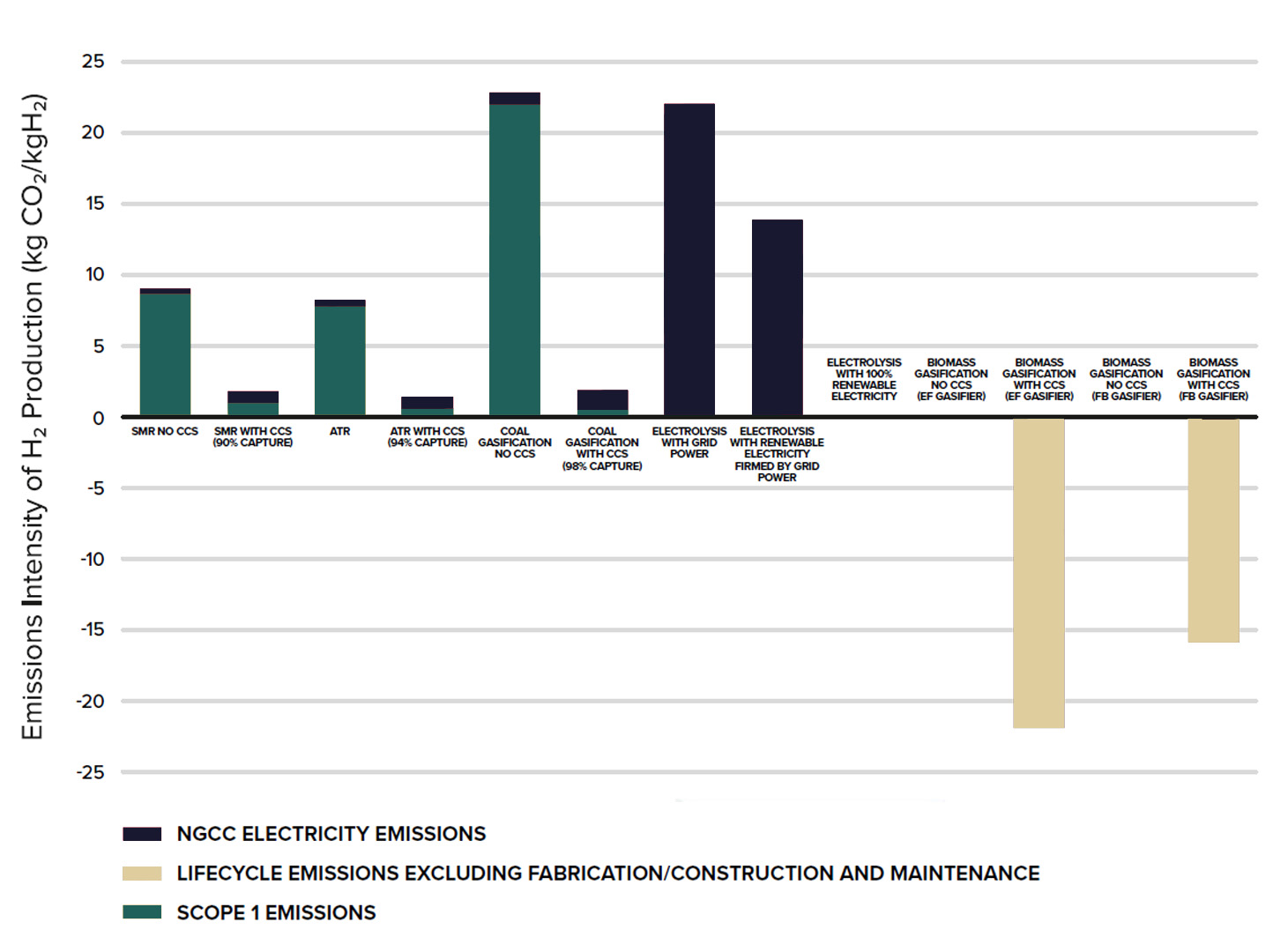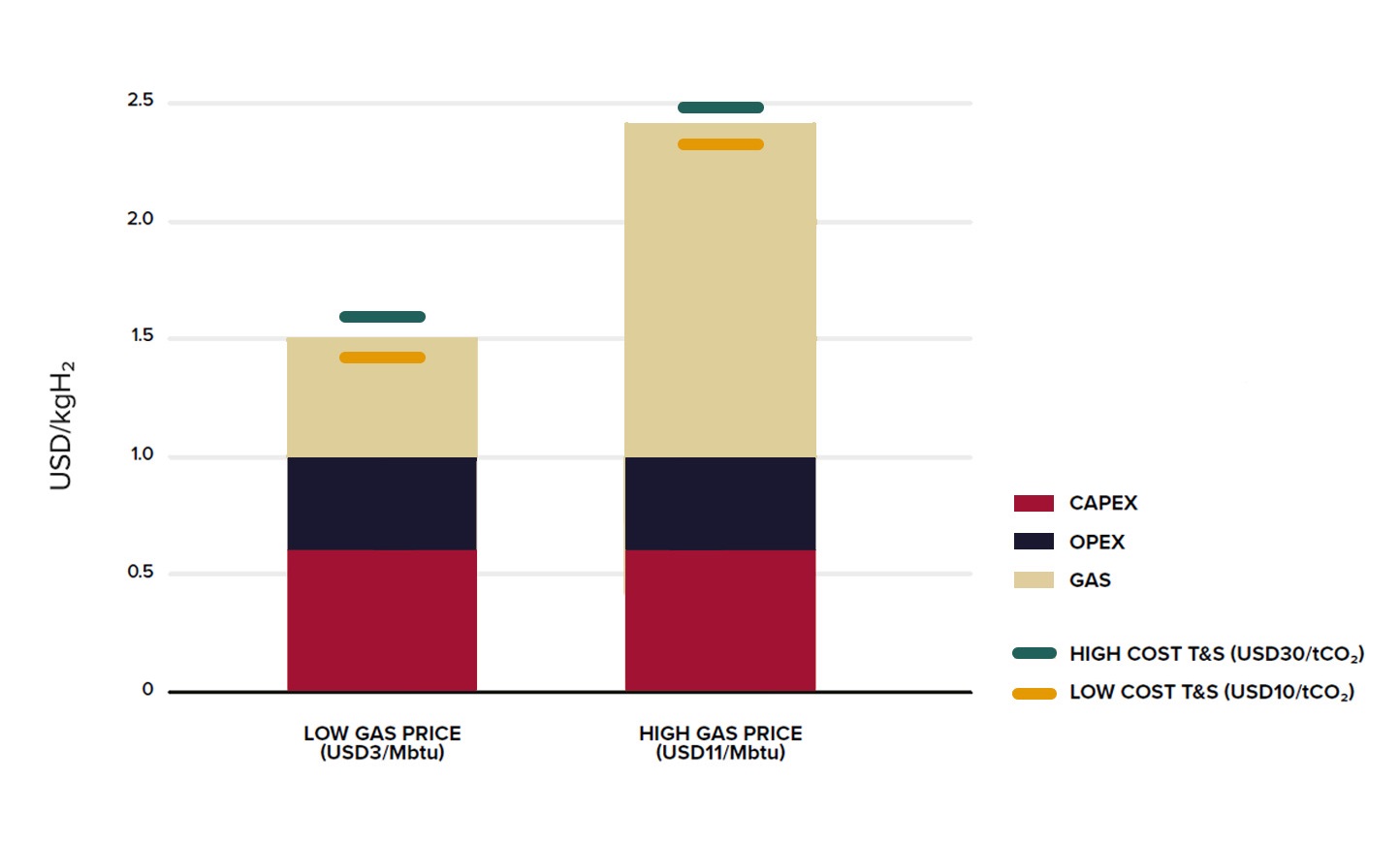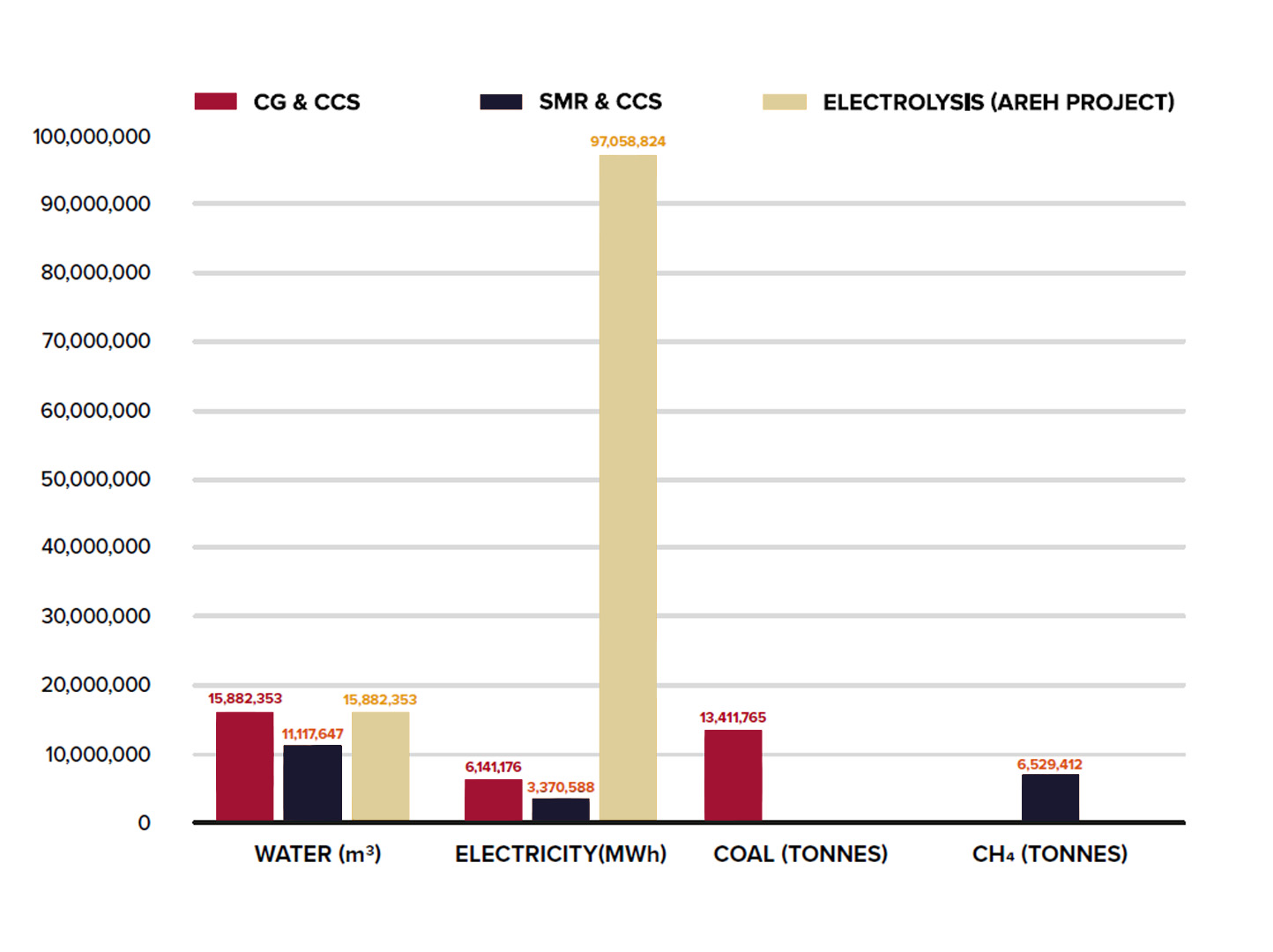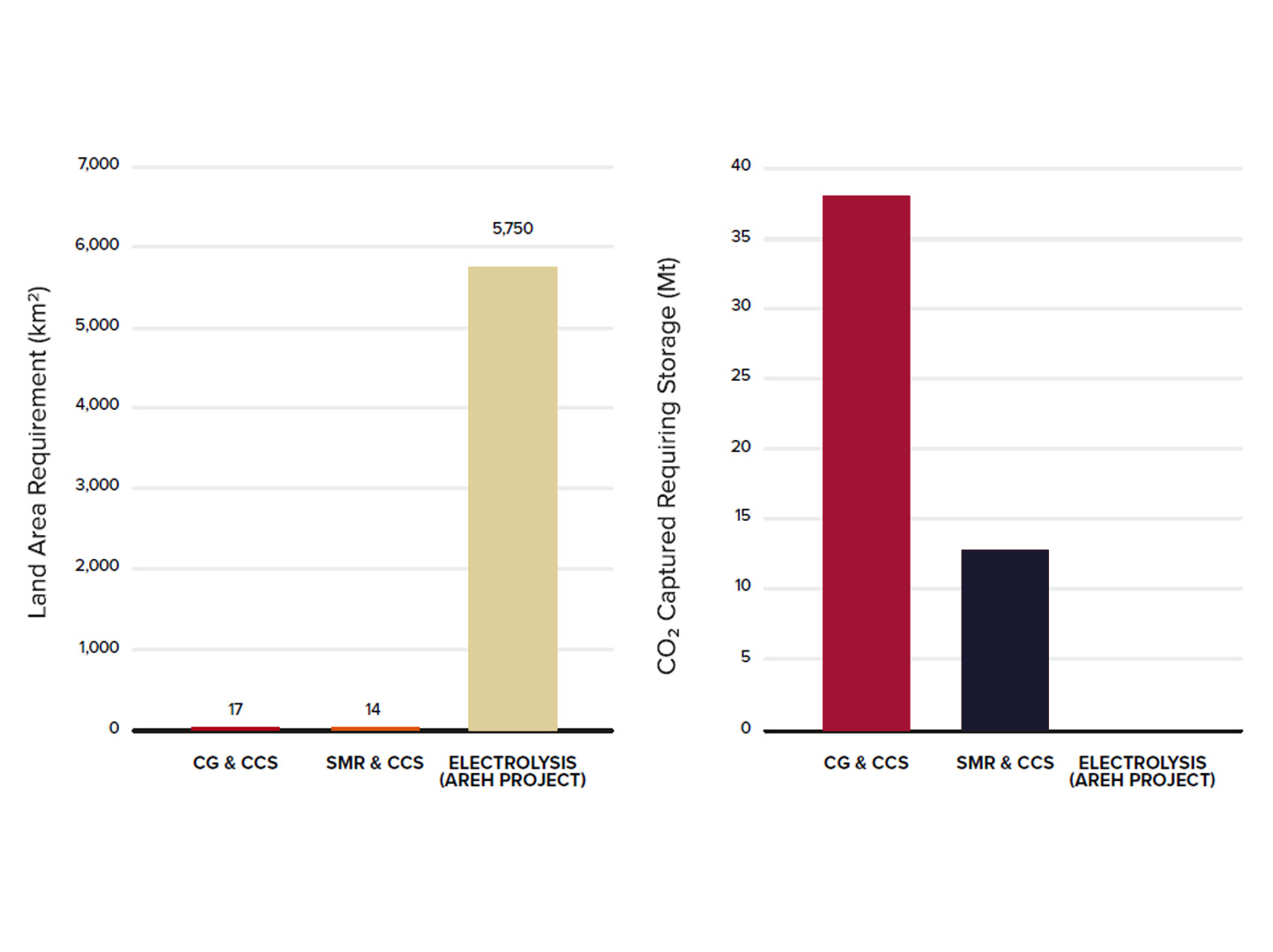CCUS: The Catalyst for a Low-Carbon Hydrogen Future
As the world moves towards cleaner energy sources, hydrogen is emerging as a key player in decarbonizing industries, transportation, and power generation. However, for hydrogen to fully realize its potential as a low-carbon solution, carbon capture technologies are essential to minimize its production footprint. At GAS LAB, we are dedicated to advancing low-cost carbon capture solutions that support the hydrogen economy, specifically through our collaboration with Carbonetics and the use of AI-driven optimizations.
By integrating Carbon Capture, Utilization, and Storage (CCUS) into hydrogen production, we can unlock the full potential of blue hydrogen, ensuring a sustainable and scalable pathway to a low-carbon future. This blog post draws on insights from both the Global CCS Institute’s Blue Hydrogen Report and the Global Hydrogen Review 2024 to explain how CCUS plays a pivotal role in enabling the hydrogen economy and how GAS LAB is contributing to this global transition.
Blue Hydrogen: A Key Player in the Hydrogen Economy
Hydrogen is poised to play a major role in the global energy transition, as highlighted in the Global Hydrogen Review 2024. With global hydrogen demand reaching 97 million tons in 2023, it is clear that hydrogen will be key in reducing emissions across several sectors, including refining, chemicals, and power generation. However, to meet growing demand while addressing climate targets, low-emissions hydrogen production must ramp up significantly, and CCUS is critical to making this happen.
The Global CCS Institute’s Blue Hydrogen Report notes that 98% of current hydrogen production comes from fossil fuels, primarily methane reforming and coal gasification, both of which are highly emissions-intensive. However, by integrating CCUS, blue hydrogen can be produced with significantly lower life-cycle CO2 emissions, making it a viable option for countries aiming to decarbonize their economies.

CCUS technologies, such as those pioneered by GAS LAB, allow for up to 90% of CO2 emissions to be captured during hydrogen production, transforming high-emission processes into low-emission energy solutions. This is where blue hydrogen can serve as a bridge to the larger hydrogen economy while renewable green hydrogen scales up.
The Cost Advantage of Blue Hydrogen with CCUS
Both the Global CCS Institute’s Blue Hydrogen Report and the Global Hydrogen Review 2024 highlight that blue hydrogen currently represents the lowest-cost clean hydrogen option available. The cost of producing blue hydrogen from natural gas with CCS is between $1.40 and $2.40 per kilogram, compared to significantly higher costs for green hydrogen produced through renewable-powered electrolysis, which ranges between $2.30 and $7.70 per kilogram, depending on energy inputs.

In regions like the Middle East, where GAS LAB operates, access to low-cost natural gas combined with the expertise in CCUS offers an opportunity to produce affordable blue hydrogen. By leveraging our AI-driven optimizations in collaboration with Carbonetics, we are reducing the cost of carbon capture, making blue hydrogen even more economically competitive.
According to the Global Hydrogen Review 2024, to meet ambitious 2030 targets for hydrogen production, CCUS hubs that combine infrastructure for CO2 transport and storage will be key to scaling production quickly and efficiently. GAS LAB’s role in developing such integrated systems in the Middle East positions us as a leader in bringing low-cost, high-efficiency blue hydrogen to the market.
CCUS: The Backbone of the Circular Carbon Economy
The Circular Carbon Economy (CCE) framework, emphasized in the Global CCS Institute’s report, highlights the indispensable role that CCUS plays in achieving large-scale emissions reductions. The framework's four key strategies—Reduce, Reuse, Recycle, and Remove—all depend on the effective application of CCUS technologies.
At GAS LAB, we are pushing the boundaries of AI-powered carbon capture technologies to enhance both the Reduce and Remove strategies within the CCE framework. By employing machine learning and computer vision to continuously optimize carbon capture systems, we ensure that more CO2 is captured and stored safely, preventing it from entering the atmosphere.
According to the Global Hydrogen Review 2024, the use of blue hydrogen aligned with CCUS will help industries quickly reduce their emissions while maintaining cost-efficiency. This ensures that blue hydrogen can serve as an effective decarbonization solution, providing a bridge as green hydrogen scales up over time.
Scaling Blue Hydrogen for the Future
Both reports emphasize that scaling up the hydrogen economy requires a mix of blue and green hydrogen to meet future demand, projected to exceed 530 million tons per year by 2050. Blue hydrogen offers a near-term solution for scaling up production while green hydrogen technologies mature and costs decline.
The Global CCS Institute’s Blue Hydrogen Report notes that large blue hydrogen production hubs, supported by shared infrastructure for CO2 transport and storage, will benefit from economies of scale. GAS LAB, with its deep expertise in CCUS, is well-positioned to develop and manage such hubs, particularly in the Middle East, where fossil fuel resources are abundant and existing infrastructure supports the rapid deployment of blue hydrogen projects.


By optimizing heat integration, streamlining operational processes, and deploying new CO2 capture technologies, GAS LAB is committed to driving down the cost of blue hydrogen production, ensuring that industries can transition smoothly from high-emission fuels to clean hydrogen.
Conclusion: GAS LAB’s Vision for a Low-Carbon Hydrogen Economy
The role of blue hydrogen in decarbonizing the global economy cannot be overstated. As a cost-effective and scalable solution, it offers a bridge towards a clean hydrogen economy while supporting immediate emissions reductions. At GAS LAB, we are committed to making blue hydrogen a reality through our low-cost carbon capture solutions.
Our collaboration with Carbonetics enables us to harness the power of AI to optimize carbon capture systems, making them more efficient and cost-effective. Together, we are driving down the cost of blue hydrogen production, ensuring that industries can adopt clean hydrogen without sacrificing affordability.
As the hydrogen economy continues to evolve, GAS LAB is leading the charge in CCUS technology, ensuring that blue hydrogen plays a critical role in the transition to a net-zero future.
References
• Global CCS Institute’s Blue Hydrogen Report: https://www.globalccsinstitute.com/wp-content/uploads/2021/04/Circular-Carbon-Economy-series-Blue-Hydrogen.pdf
• Global Hydrogen Review 2024: https://www.iea.org/reports/global-hydrogen-review-2024